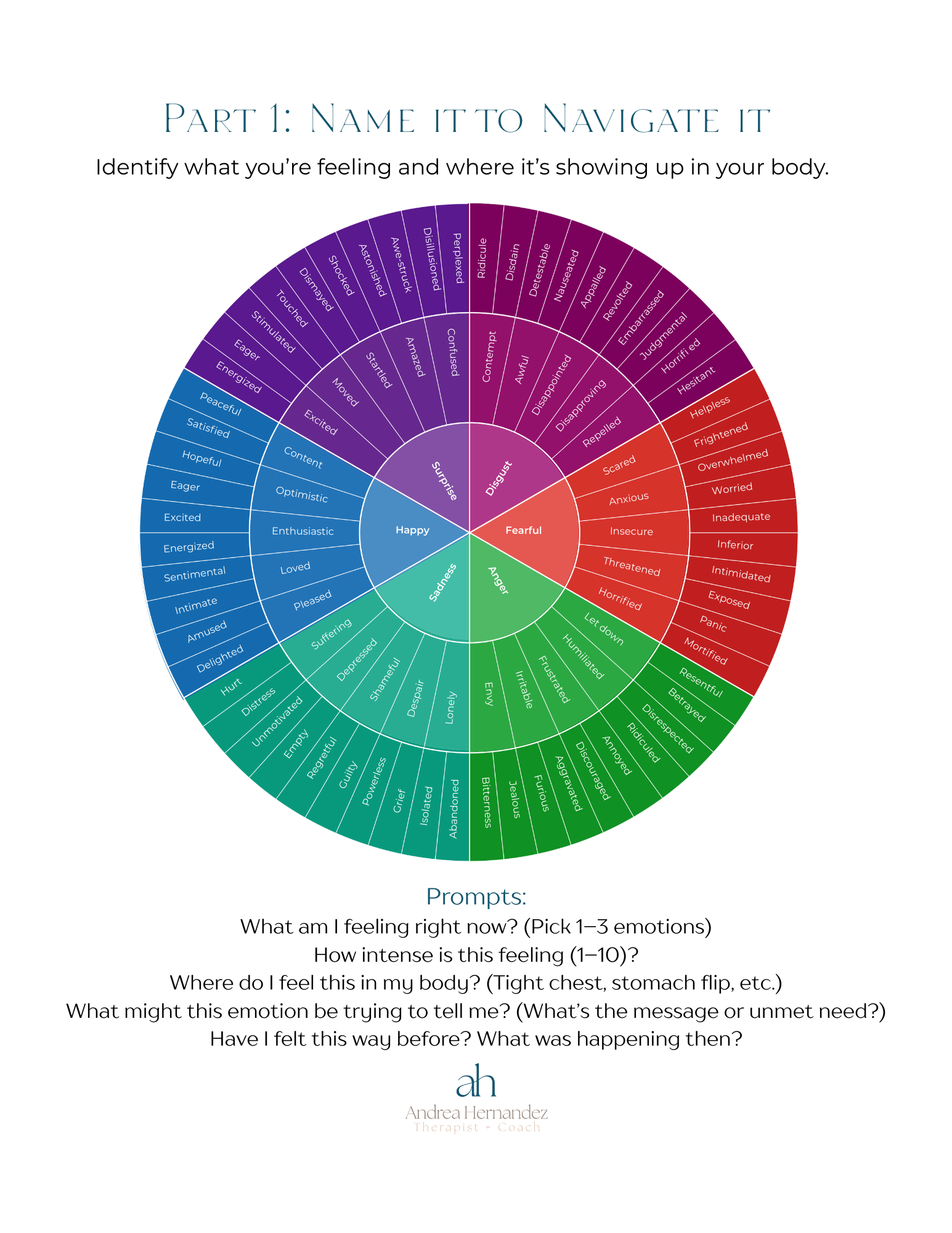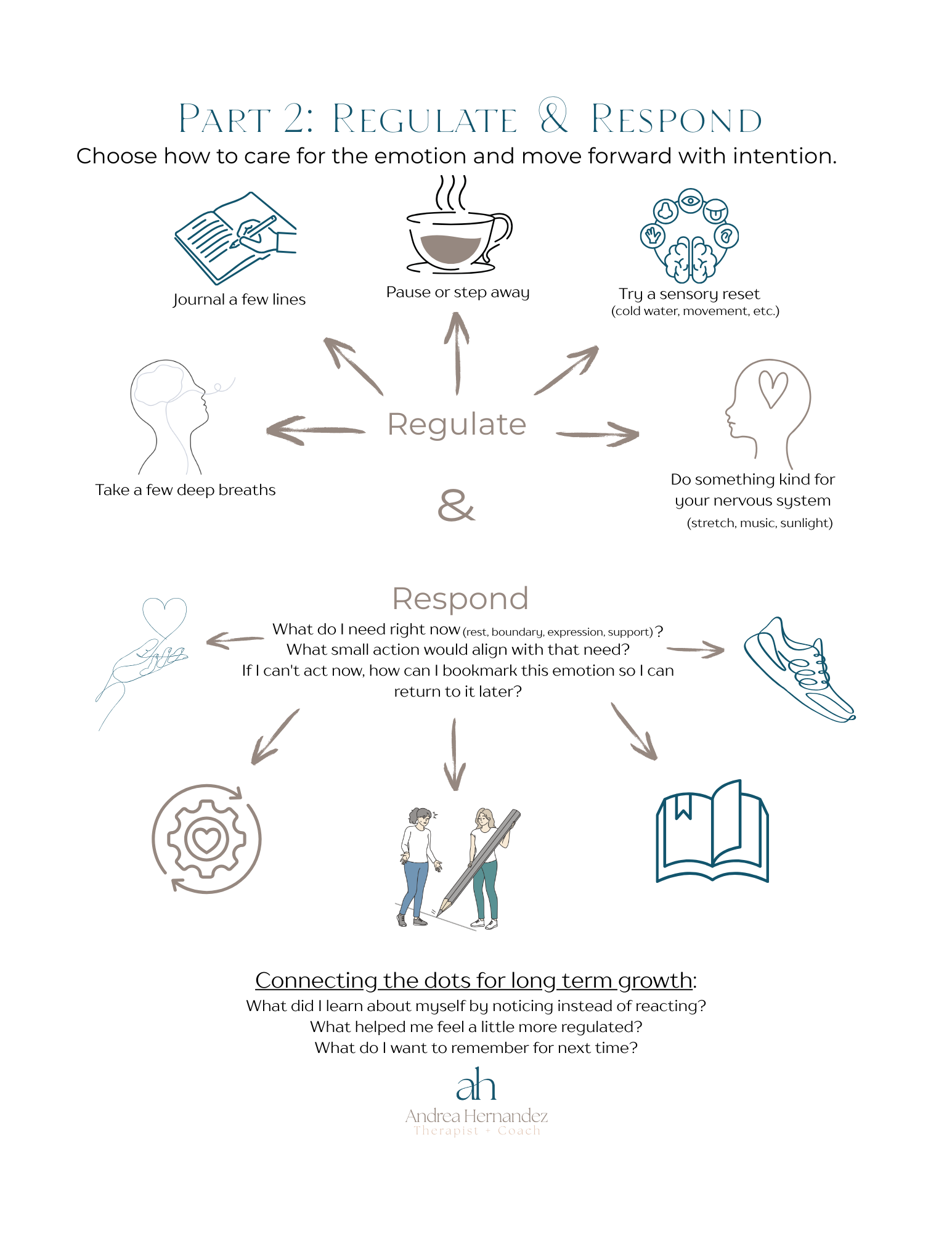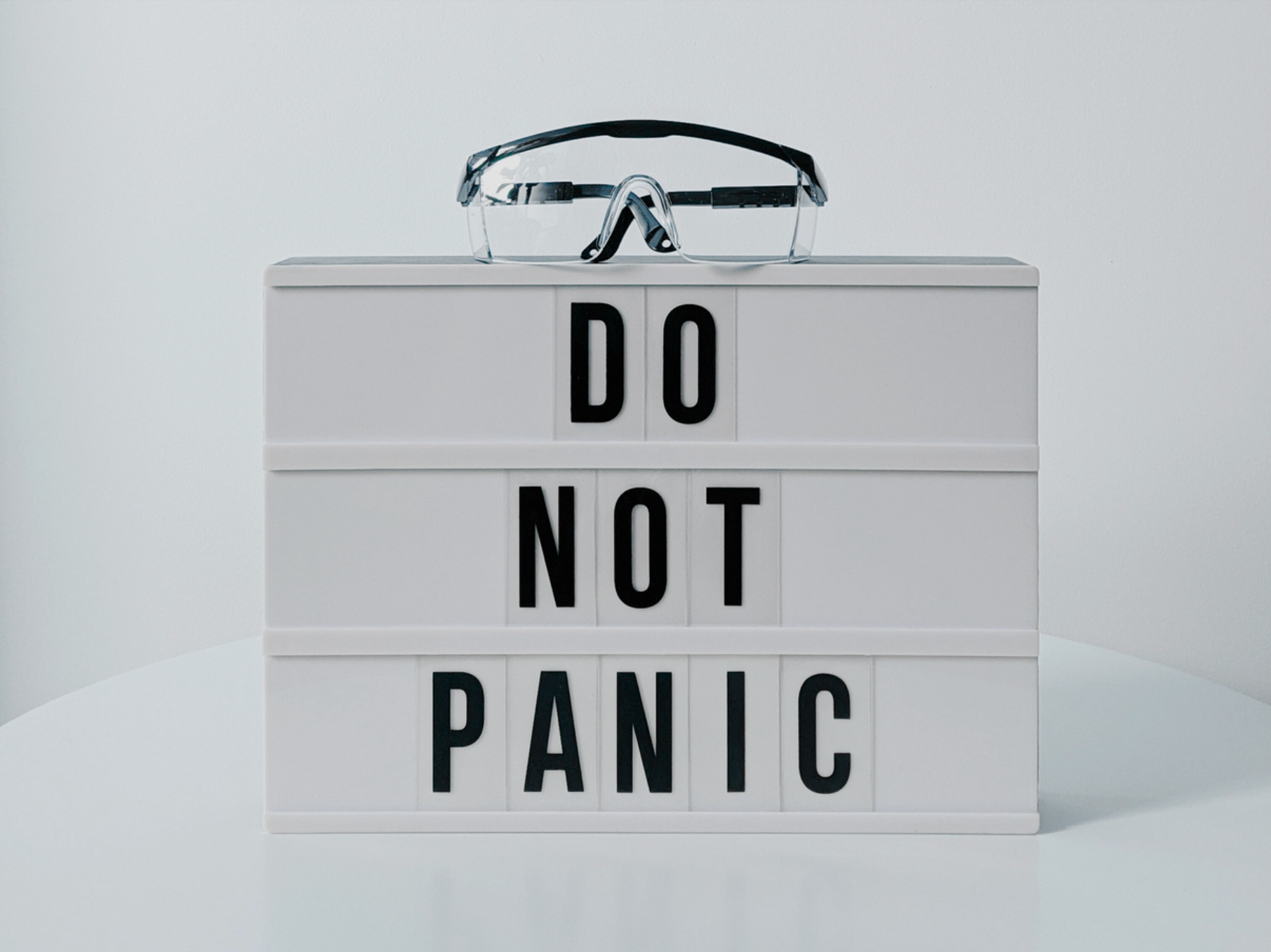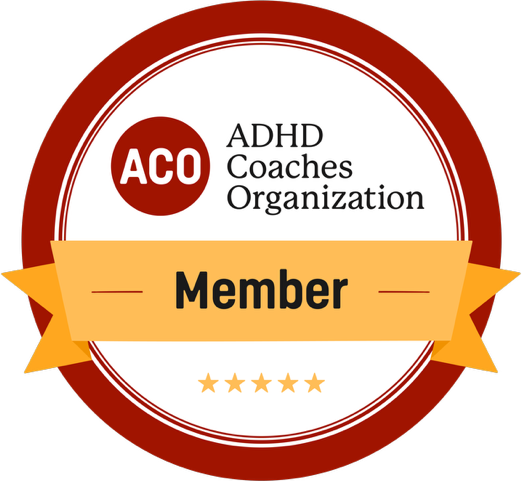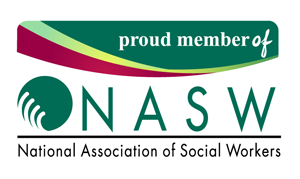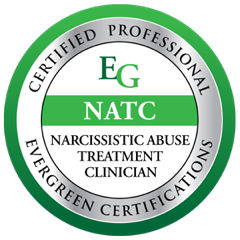How to Get Started... When You Just Don’t Want To
Why task initiation is hard—and how to meet yourself with compassion and strategy.
We’ve all been there: the email that’s been sitting in your drafts for a week, the laundry pile quietly growing, the project that feels important but somehow impossible to begin.
For some people, this happens occasionally—when they’re overtired, burned out, or avoiding something emotionally charged. But for others, especially those with ADHD, anxiety, or perfectionism, getting started is a daily hurdle. Not because they’re lazy. Not because they don’t care. But because task initiation is hard.
And unfortunately, most advice isn’t helpful.
Just start!
Count down from 5!
Do it scared!
These quick-fix hacks often fall flat when you're frozen by overwhelm, indecision, or emotional resistance. So let’s talk about what actually helps.
What Makes Getting Started So Hard?
Task initiation is the ability to begin a task without excessive procrastination or avoidance. It’s not about discipline—it’s about regulation. To initiate something, you need a certain level of clarity, confidence, and emotional bandwidth. When those are low, starting feels like pushing a stalled car uphill.
Some common roadblocks include:
● Perfectionism: “If I can’t do it perfectly, I shouldn’t start at all.”
● Overwhelm: “I don’t even know where to begin.”
● Anxiety or fear: “What if I fail or get it wrong?”
● Executive function challenges: The brain simply isn’t firing up the right gear to start.
● Burnout or low capacity: You’re beyond tired—and the thought of more output is exhausting.
So what can you do?
Start with Self-Compassion
This might sound counterintuitive when your brain is yelling at you to “just do it already,” but beating yourself up will almost always backfire.
Task initiation isn’t a character flaw—it’s a complex intersection of emotional and cognitive load. And nobody chooses to struggle with it.
Instead of jumping into productivity panic mode, pause for something softer: understanding.
● “I’m noticing this feels hard right now.”
● “I’m not lazy. I’m struggling—and I can figure out what I need.”
● “What would help me take one small step forward?”
● If someone I loved were struggling like this, what would I say to them?
● What emotion is underneath this inertia—fear, shame, confusion, boredom, resentment?
Self-compassion isn’t about lowering the bar. It’s about reducing the emotional friction that’s getting in the way of doing the thing you care about. When you soften the shame, you make space for movement.
Get Curious, Not Critical
1. Become Your Own Observer
Why it works:
Naming the pattern weakens its automatic pull.
Instead of “prep for conversation,” write one sentence of your talking points.
- Tip: Use a timer—set 5 minutes to work on that micro-task. Often, once you start, you’ll find yourself continuing past the buzzer.
From Avoidance to Agency: A Daily Practice
Ask yourself:
● What am I feeling right now? (Overwhelmed? Anxious? Tired? Bored?)
● What am I avoiding? (Uncertainty? Judgment? Making the wrong choice?)
● What would make this feel easier to begin? (Breaking it into steps? Asking for
support? Changing the environment?)
● Is my nervous system too revved up—or too drained—to engage right now?
Curiosity turns frustration into information. And information leads to choice. If the block is persistent, take a moment to investigate—not to analyze yourself into paralysis, but to understand what’s making this hard.
One of the most powerful shifts you can make is moving from “What’s wrong with me?” to “What’s going on here?”
Sometimes you’ll discover that the task doesn’t actually matter to you—and that’s useful! But other times, it does matter. And understanding what’s making it hard allows you to choose a strategy that’s more likely to work.
Small Shifts That Can Help
There’s no one-size-fits-all solution. But here are a few compassionate ways to tip into motion:
● Shrink the task until it feels less intimidating. Instead of “write the report,” try “open the document.” That’s enough.
● Anchor to your values. Remind yourself why this matters. Whose life will it make easier? What freedom or relief is on the other side?
● Start with a ritual: light a candle, make tea, clear your desk—something that signals “I’m beginning.”
● Try a bridge activity. Sometimes you need a warm-up—music, movement, or 5 minutes of “fake work” to loosen the gears.
● Set a “permission timer.” Give yourself 10 minutes to start, with full permission to stop after. Most of the time, momentum builds.
● Change your environment. New location, new posture, or a visual cue can help reset your brain’s readiness.
● Speak it out loud: “I’m going to start now.” Naming it can bring clarity and focus.
● Co-regulate.
Body doubling (doing work in the presence of another person) is incredibly effective for many ADHD brains.
You’re Not Alone—And You’re Not Broken
Getting started is hard sometimes. That doesn’t mean you’re lazy or unmotivated or doomed to fail. It means your system needs something: support, structure, or space.
So if you find yourself frozen in front of a task that matters, don’t push harder. Pause. Breathe. Get curious. Then take the smallest, kindest step you can.
Sometimes, the bravest thing you can do is meet your resistance with kindness. Momentum doesn’t come from shame. It comes from understanding.
Download your free Task Initiation Menu to explore all the options, circle your favorites, and build a reset routine that fits your life.
Want support?
If you’re noticing emotional overload, confusion, or relational stress on a daily basis, you're not alone. Whether through therapy or coaching, I help clients untangle these dynamics, reconnect with themselves, and move forward with clarity and self-trust.
Explore my
free resource library or
get in touch if you're ready to start untangling the overwhelm.
Please complete the form below to gain access to my handouts library.
